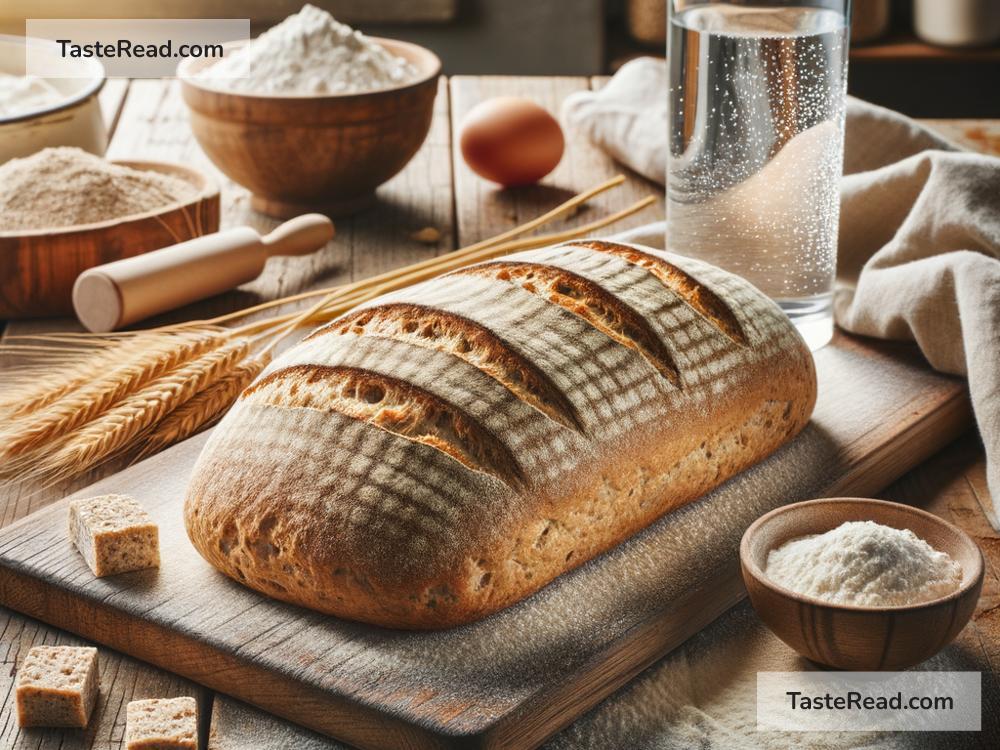Why Spelt Flour Is Gaining Popularity in Gluten-Free Baking
In the vast cosmos of baking, there’s a star that’s been quietly but steadily rising in the ranks, especially among those who prefer or require gluten-free options. This star is none other than spelt flour. If you haven’t heard much about it or are curious why it’s becoming a go-to for many bakers, let’s dive into the world of spelt flour and explore its growing popularity.
What Is Spelt Flour?
First things first, let’s get acquainted with spelt flour. Spelt is an ancient grain, similar to wheat but with a few key differences. It has a nuttier and slightly sweeter flavor than regular wheat flour, making it a favorite for bakers looking to add depth to their baked goods. While spelt does contain gluten, it’s often considered easier to digest than traditional wheat gluten, making it an option for those with minor sensitivities to gluten. However, it’s important to note that it’s not suitable for those with celiac disease.
The Rise of Spelt Flour in Gluten-Free Baking
Now, let’s get into why spelt flour is winning hearts and kitchen cupboards around the globe, particularly among gluten-free and health-conscious bakers.
-
Easier Digestion: For starters, many people find spelt flour easier to digest than traditional wheat flour. This is because spelt has a different molecular makeup, which is said to be more fragile and, therefore, simpler for our bodies to break down. This aspect alone makes spelt an appealing choice for individuals with mild gluten intolerances or those looking to ease digestive discomfort.
-
Nutritional Profile: Spelt isn’t just about being gentler on the stomach; it’s also a nutritional powerhouse. It’s rich in vitamins and minerals, boasting significant amounts of iron, magnesium, phosphorus, and zinc, along with a good dose of dietary fiber. This makes it not just a substitute for wheat flour but an upgrade in many respects.
-
Versatile and Flavorful: Another reason for its popularity is spelt flour’s versatility in recipes and its superior flavor. It can be used in a 1:1 substitution for ordinary flour in most recipes, including bread, cakes, cookies, and pancakes. Its slightly sweet and nutty profile enhances the taste of baked goods, offering a complex flavor that wheat flour often lacks.
-
Sustainability: In today’s eco-conscious world, the sustainability of spelt adds to its appeal. Spelt is a hardy crop that requires fewer fertilizers and pesticides, making it a more environmentally friendly option. Its ability to thrive in poor soil conditions also means it can be grown in areas unsuitable for other crops, contributing to agricultural sustainability.
-
Supporting Dietary Requirements and Preferences: With an increasing number of people turning to gluten-free diets due to health issues or personal preference, spelt offers an alternative that doesn’t compromise on texture or flavor. While it doesn’t work for those with celiac disease, it expands the repertoire of flours available to those looking to reduce gluten in their diets.
Making the Switch to Spelt
If you’re convinced and eager to try spelt flour in your baking adventures, here are a few tips:
- Start with a blend: If you’re new to spelt, start by substituting half of the wheat flour in your recipe with spelt flour. This will help you get accustomed to the differences in texture and moisture absorption.
- Hydration is key: Spelt flour tends to absorb more liquid than wheat flour, so you might need to adjust the liquid ingredients in your recipes to get the perfect dough or batter consistency.
- Expect a tender crumb: Baked goods made with spelt flour often have a tender, delicate crumb, thanks to the flour’s low gluten content. This makes for wonderfully soft and fluffy cakes, pancakes, and bread.
The Bottom Line
Spelt flour’s growing popularity in gluten-free baking and beyond isn’t just a trend; it’s a return to an ancient grain that offers numerous health, taste, and environmental benefits. Whether you’re trying to reduce gluten in your diet, improve digestion, or simply diversify your baking ingredients, spelt flour is a versatile and flavorful option worth exploring. So, why not give it a try and see if it elevates your baking to new, wholesome heights?


